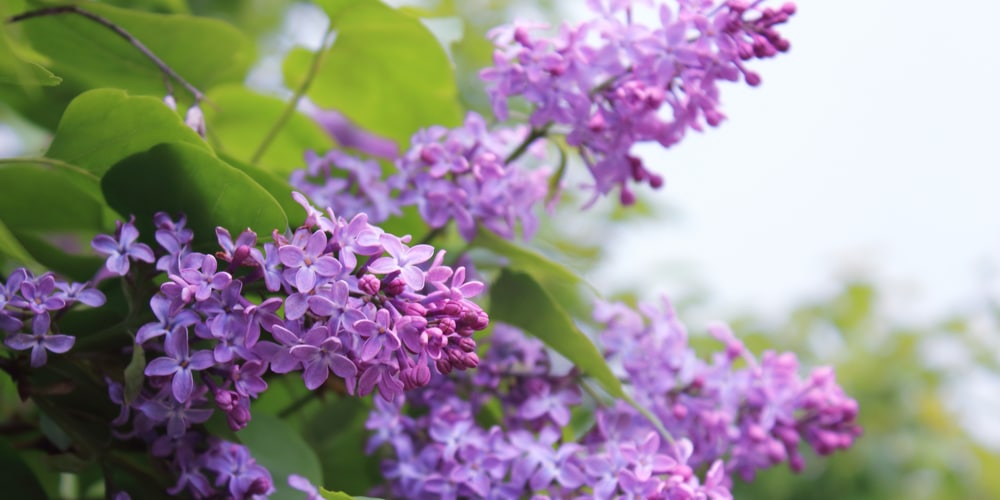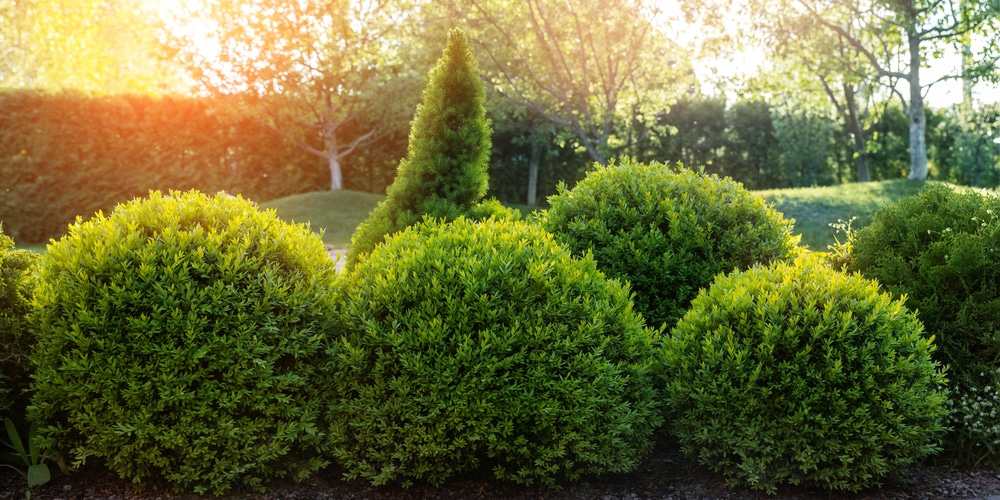Boxwoods are attractive hedge plants that look spending in any form you decide to shape them. With their lush and dense foliage, you can grow as stand-alone bushes or in combination with other plants for decoration. Indeed, boxwood plants are versatile and make for an ideal backdrop for perennial plants and shrubs.
While they are not particularly challenging to grow, you must check your variety’s requirements to ensure you can make them thrive in your garden. Under proper conditions, boxwood is tolerant to heat and drought.
Consider adding some boxwood companion plants to add more color to your garden and improve the growth environment for your shrub. You can choose flowering plants to attract beneficial pollinators or look for plants that better suit your taste (and soil and temperature conditions).
To help you in your search, we put together this essential guide on Boxwood companion plants. We hope it helps!
Boxwood Companion Plants: Adding Color To Your Garden

Sometimes, you want to choose beneficial companion plants that will also improve your garden’s aesthetic. While boxwood alone can look stunning, adding some flowering plants can attract pollinators to your garden (which is never a bad idea).
Plus, the blooms in spring and summer will make your yard a feast to the eye. In this context, boxwood plants can act as stable background and protection from harsh weather conditions.
If your flowering plants don’t tolerate strong winds, consider adding some boxwoods to protect them. To make your garden look alive even in the winter, pick some hellebore flowers to plant around your garden’s hedges.
Depending on where you live, you can choose among the most suitable flowering plants to pair with boxwood. Don’t worry: these evergreen shrubs go along with most species.
To add plants that prefer partial shade, consider adding boxwoods surrounding them to protect them from direct sunlight. Whether it is daylilies, roses, coneflowers, or any other type of flowering plant, make sure you can give them what they need to survive. Use boxwood as a “helper” to achieve optimal conditions.
Lilac, potential, and ninebark are the ideal companions for this plant.
Adding Texture
The primary characteristic of boxwood plants is their dense foliage. Besides adding color, you may want to plant a companion that might create a different contract with your shrubs. Plants with unique leaf shapes or variegated colors can add character to your yard. For this purpose, avoid selecting plants that look similar to boxwood.
Herbs like thyme, rosemary, and sage have similar care requirements as boxwood plants and add an interesting textural contrast.
Another excellent option includes planting low shrubs with foliage that is lighter in color. Most of those shrubs produce colorful berries that will make your garden even more attractive all year round. Combine your boxwood with shrubs with yellow or dark foliage to add color and texture at once.
You can even use boxwoods to create knot gardens to grow herbs and vegetables inside symmetrical designs. If you like the idea of your garden looking neat other than aesthetically pleasing, consider pairing your boxwood with flowering grasses such as miscanthus and chasmanthiums.
Foxglove
If you don’t like to complicate things, consider complementing your boxwood with foxglove. This low-maintenance flowering plant is an excellent option when growing your plant in partial shade. Plus, it can grow up to five feet tall and produces attractive flowers that will rise above your boxwood and keep weeds at bay. To create an even more attractive mix, add some bellflowers or begonias. Both plants love alkaline environments and will thrive under the shade boxwood produces.
Boxwood Companion Plants: The Bottom Line
The choice of companion plants for your boxwood depends on the temperature, humidity, soil, and sunlight conditions you can offer them. Boxwood comes in various shapes and forms. Check your variety’s requirements to pair it with a suitable companion.
Whether you add some color or texture to your garden, you must select plants with similar watering and nutrient requirements, which will help you take proper care of both.
One of the best ways to grow shade-loving flowering plants is to plant them under a boxwood. The shrub will create protection from sunlight. In exchange, the flowering plants will make your garden more appealing to the eye by adding stunning colors during the blooming period.
Related Article: Best Evergreens For Shaded Areas

